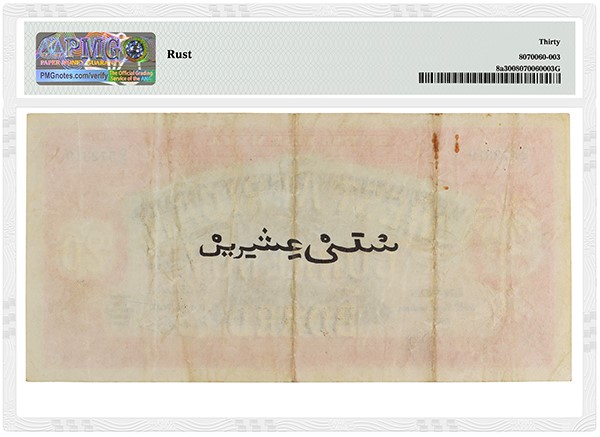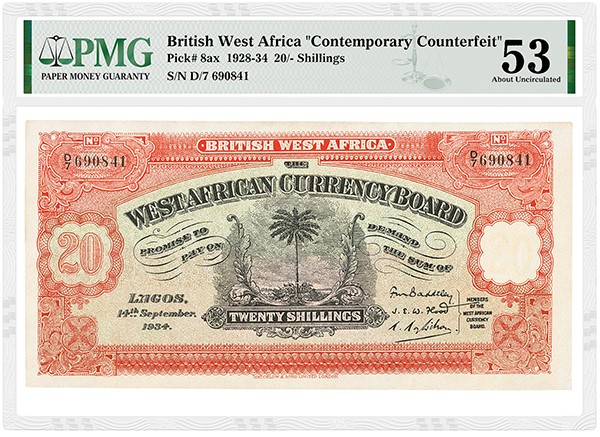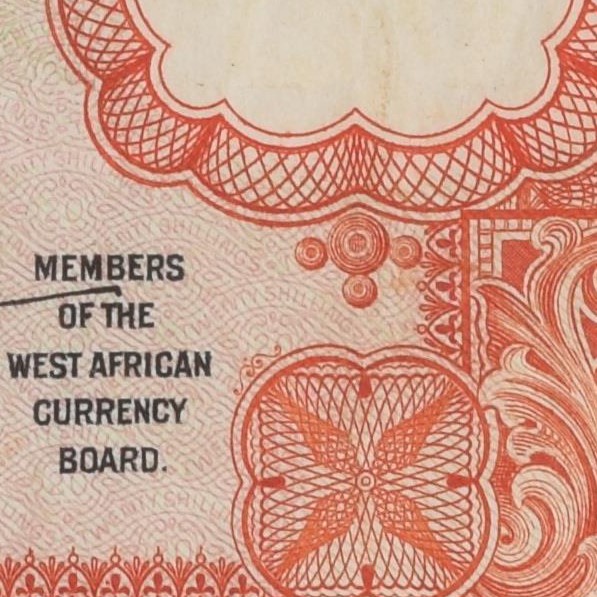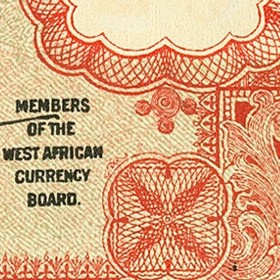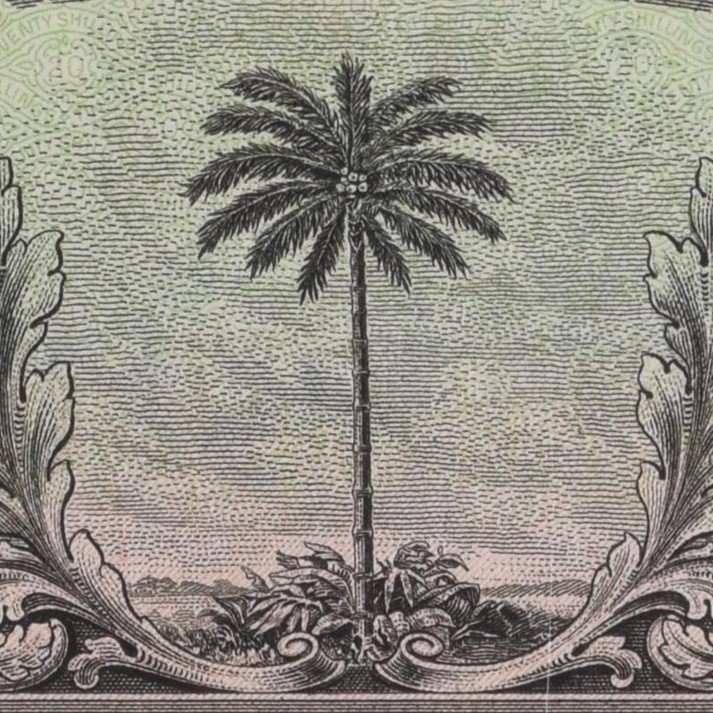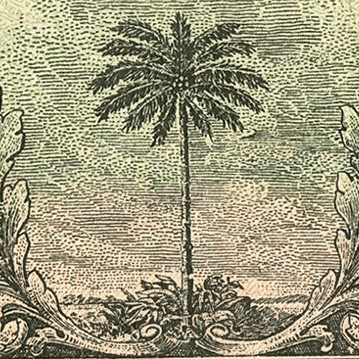Counterfeit Detection: British West Africa 20/- Shillings
Posted on 4/22/2025
In 1912, British authorities set up the West African Currency Board to issue distinct coins for British territories that included Nigeria, Ghana, Sierra Leone and the Gambia. A few years later, notes were also issued, with the 20/- Shillings being the highest denomination until 1953, when the Currency Board was in its twilight. Decolonization led to its extinction a few years later.
The 1937-51 issue of the 20/- Shillings denomination is relatively plentiful, with more than 100 examples of Pick# 8b in the PMG Population Report. However, examples of Pick# 8a (1928-34) are scarce, with only two genuine examples in the PMG Population Report.
At its sole discretion, PMG will certify contemporary counterfeits of banknotes that are of interest to the collecting community, and there are 15 examples of Pick# 8ax in the PMG Population Report. Examples of these contemporary counterfeits in decent shape generally realize a little more than $100 at auction.
Certified examples of Pick# 8b sell for considerably more in comparable grades than Pick# 8ax, so examples of Pick# 8a would also be expected to carry a significant premium over the contemporary counterfeit, according to the PMG World Paper Money Price Guide. So, if you are considering buying an uncertified note, it's important to know whether it is a genuine example or contemporary counterfeit. (The Pick# 8ax shown in this article is being offered by Heritage Auctions alongside a genuine Pick# 8b in a May 2025 auction.)
A closer look at the front of the contemporary counterfeit reveals some clues about its spurious nature. The text of MEMBERS OF THE WEST AFRICAN CURRENCY BOARD is thicker and not as sharp on the counterfeit when compared to a genuine example. In addition, the counterfeit struggled to accurately replicate the fine details in nearby elements including the concentric circles to the right of the MEMBERS and in the Guilloche patterns above it — especially where the curved lines overlap the most.
This loss of detail is also evident in the palm tree, including the leaves, the fruit and the trunk, which fades to white in places. This is evidence that the counterfeit was printed using a lithographic process, in contrast to the intaglio process used with genuine notes. The different printing types leave telltale clues like the loss of detail seen on the tree here.
Finally, the imprint at the bottom of the front of the note with the name of the banknote producer, WATERLOW & SONS LIMITED, LONDON, appears thicker and shakier on the fake. The counterfeiter appears to have been having trouble with certain letters, particularly the D's and S's. Also note the inconsistency of the white space in the center of the adjacent guilloche pattern on the counterfeit when compared to the genuine note.
It's good advice to carefully inspect any note before purchase. Remember that when a banknote has been authenticated, graded and encapsulated in a PMG holder, then PMG backs its expert determinations with the PMG Guarantee.
Related Link: View more PMG Counterfeit Detection columns
Stay Informed
Want news like this delivered to your inbox once a month? Subscribe to the free PMG eNewsletter today!

